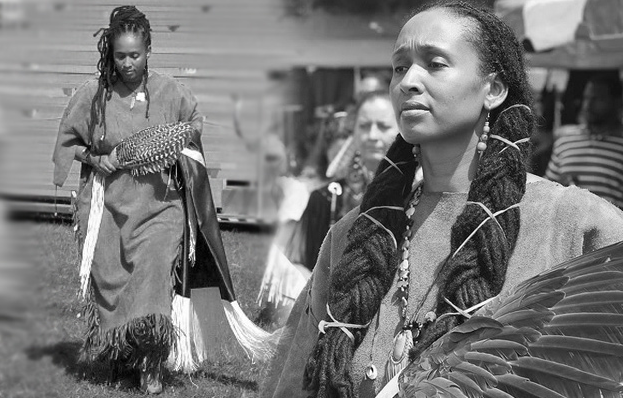Aaron Burr — villain of ‘Hamilton’ — had a secret family of color, new research showsPosted in Articles, Biography, History, Media Archive, Passing on 2019-08-26 00:51Z by Steven |
Aaron Burr — villain of ‘Hamilton’ — had a secret family of color, new research shows
Retropolis
The Washington Post
2019-08-24
 A depiction of the duel between then-Vice President Aaron Burr and Alexander Hamilton at Weehawken, N.J., in 1804. The fight would end Hamilton’s life and forever soil Burr’s reputation. (Manuel Balce Ceneta/AP) |
The vice president is best known for killing rival Alexander Hamilton in an 1804 duel. But he was also a notorious rake, historians say.
Within a week of her arrival at Princeton University, Sherri Burr received a puzzling phone call.
The caller, another student, said Sherri was invited to a Burr family meeting — “Burr” as in Aaron Burr, the third vice president of the United States and villain of “Hamilton,” the astronomically popular musical. Aaron Burr’s father co-founded Princeton, the caller told her, so all descendants who attend the school are summoned to regular gatherings.
“I took a look down at my brown skin and thought, ‘Well, that doesn’t apply to me,’ ” said Sherri Burr, who was getting her graduate degree from Princeton. “So I never went.”…
Read the entire article here.


/https://public-media.si-cdn.com/filer/28/f9/28f919ff-40e1-4d7f-bcdb-7119dd7d7c1e/sep2019_e05_prologue_copy.jpg)



